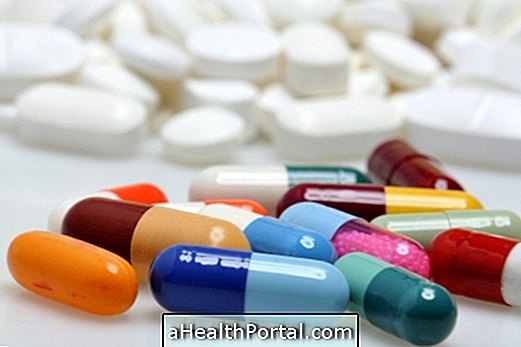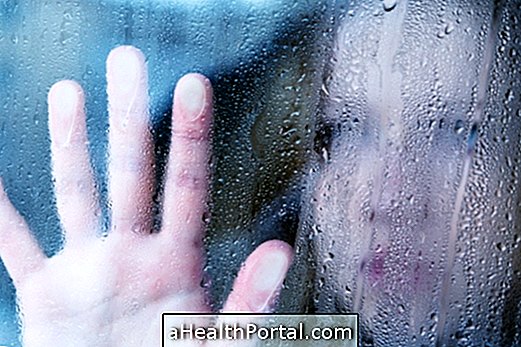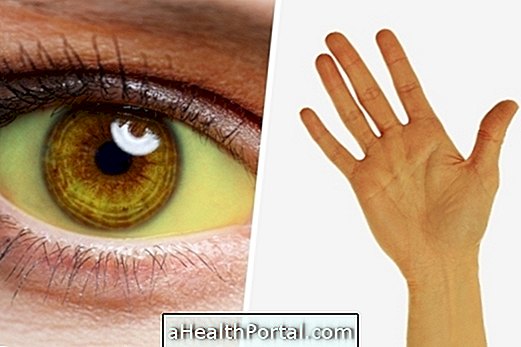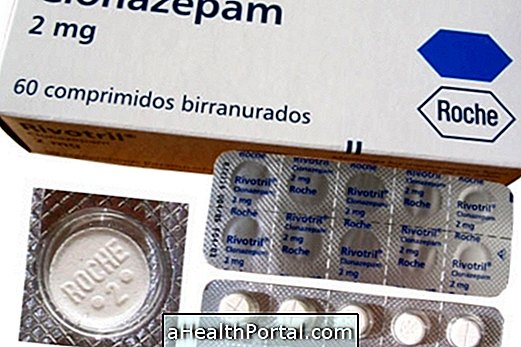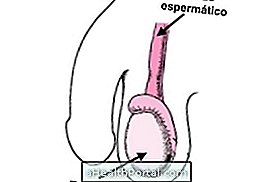Being sad is different from being depressed, since sadness is a normal feeling of anyone, being an uncomfortable state generated by situations such as disappointment, unpleasant memories or the end of a relationship, for example, that is fleeting and does not need of treatment.
Depression, on the other hand, is a disease that affects moods, generating deep, persistent and disproportionate sadness, which goes beyond 2 weeks, and has no justifiable reason for it. In addition, depression may be accompanied by additional physical symptoms, such as decreased attention, weight loss and difficulty sleeping, for example.
These differences can be subtle, and even difficult to understand, so if sadness persists for more than 14 days, it is important to undergo a medical evaluation that can define whether there is depression and guide a treatment, which includes the use of antidepressants and the conduct of psychotherapy sessions.

How to know if it is sadness or depression
Although they share many similar symptoms, depression and sadness present some differences, which must be observed for a better identification:
| Sadness | Depression |
| You have a justifiable motive, and you know why you are sad, and it may be disappointment or personal failure, for example; | There is no cause for the symptoms, and it is common for a person not to know the reason for the sadness and to think that everything is always bad. Sadness is disproportionate to events; |
| It is temporary, and diminishes as time passes or the cause of sadness departs; | It is persistent, lasts most of the day and every day for at least 14 days; |
| There are symptoms of crying, feelings of helplessness, lack of motivation and anguish. | In addition to the symptoms of sadness, there is loss of interest in enjoyable activities, diminished energy, and others such as suicidal thoughts, low self-esteem, and feelings of guilt. |
In addition, it is important to differentiate depression from a case of mourning, after loss of something or a loved one, as it is a situation that can present profound sadness that persists for several months or up to one year, but which has a justification, has feelings oscillatory and worsening with the memory of the loss.
Although grief is an adaptive response to loss, one may not be able to recover, and it is very common for grief to persist and become a depression.
How to confirm depression
To be depressed, the person must have at least 2 of the following major symptoms of depression for more than 14 days:
- Depressed mood that is abnormal for that person, maintained for at least 2 weeks, present for most of the day, almost every day, and is not influenced by circumstances;
- Loss of interest or pleasure for activities that are usually enjoyable;
- Feeling of fatigue and decreased energy.
Other common secondary symptoms in depression include:
- Loss of confidence or self-esteem;
- Feelings of excessive guilt or self-reproach;
- Sleep problems, especially insomnia, in which the person wakes up in the middle of the night and does not fall asleep again, or excessive drowsiness;
- Recurrent thoughts of death or suicide or any suicidal behavior;
- Decreased concentration or ability to think, with indecision;
- Excessive agitation or slowness in carrying out activities;
- Change in appetite, with decrease or increase), with corresponding weight change;
- Loss of sexual desire;
- Depression worse in the morning;
- Weight loss (5% or more of body weight in the last month);
- Excessive irritability and anxiety.
The diagnosis of depression has to be made by a physician, preferably a psychiatrist, who can classify depression according to its severity, which varies with the amount of symptoms present.

How to know if depression is mild, moderate, or severe
Depression can be classified as:
- Mild - when it presents 2 main symptoms and 2 secondary symptoms;
- Moderate - when it presents 2 main symptoms and 3 to 4 secondary symptoms;
- Severe - when it presents 3 main symptoms and more than 4 secondary symptoms.
After the diagnosis, the doctor can guide the treatment, which should be should be adjusted to the present symptoms.
How depression treatment is done
Treatment for depression is done with the use of antidepressant medications recommended by the psychiatrist and the conduct of psychotherapy sessions, usually done weekly with a psychologist.
The use of the antidepressant does not cause dependency and should be used as long as it is necessary for the person to be treated. Generally, its use should persist for at least 6 months to 1 year after improvement of symptoms and if there was a second episode of depression, it is recommended to use for at least 2 years.
In severe cases or those that do not improve, or after the third episode of depression, one should consider using the drug for a lifetime.
Understand the most common antidepressants and how they are used.
